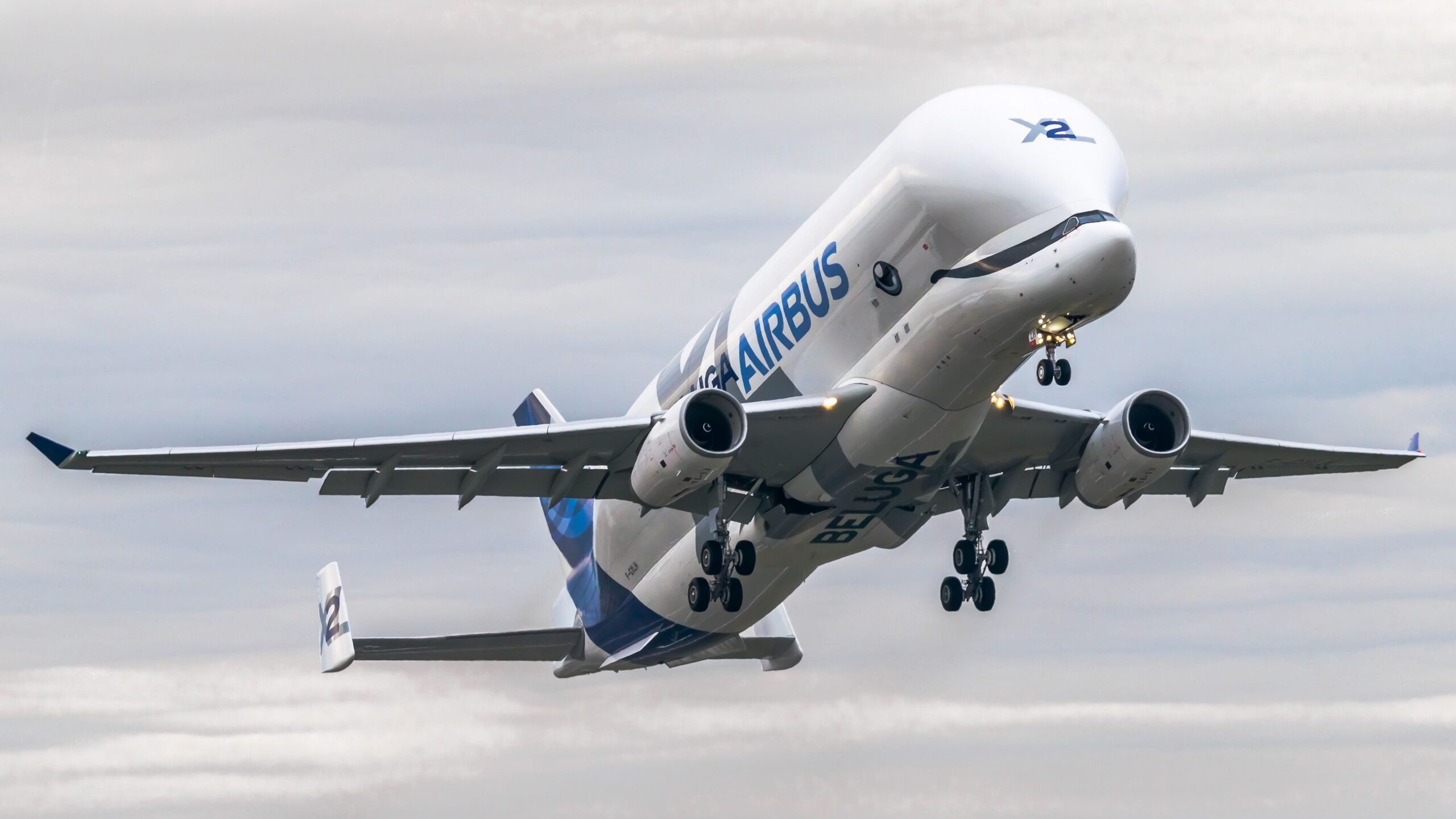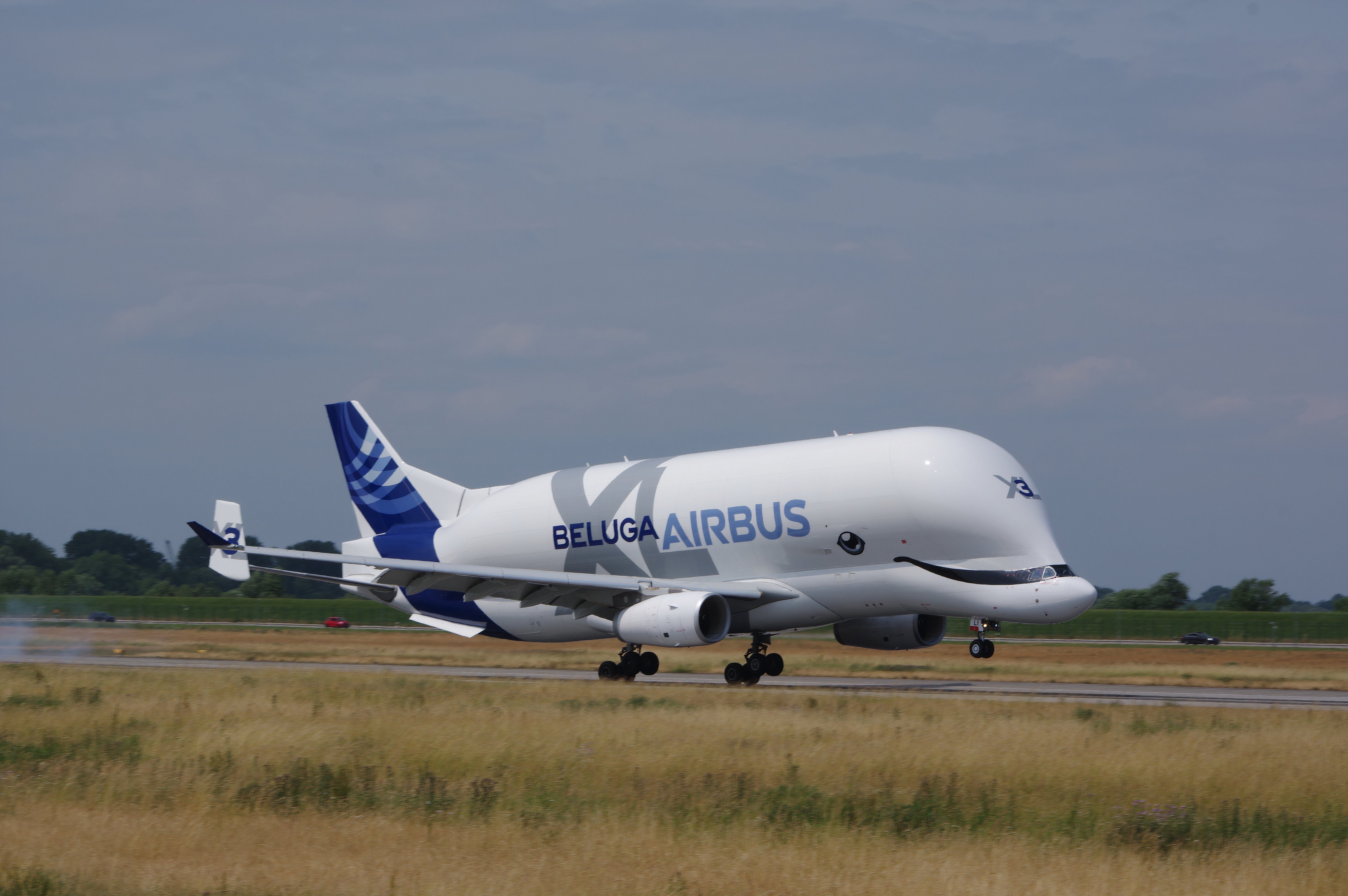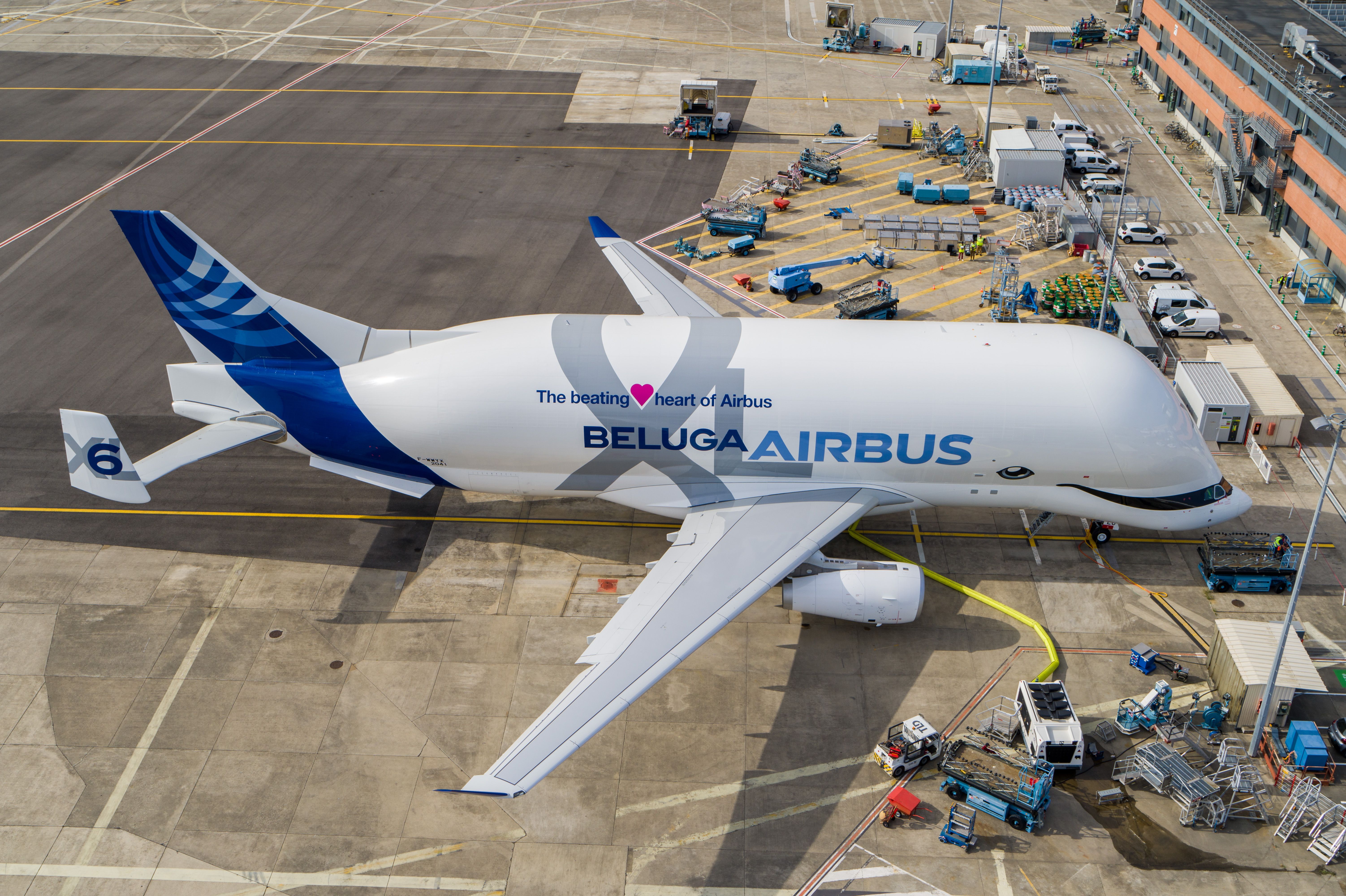Summary
- Airbus Beluga XL squawked 7700, indicating an emergency, and diverted to Amsterdam.
- The Beluga XL has greater capacity and performance than its predecessor, the Beluga ST.
- The Beluga XL replaced the Beluga ST due to the increasing demands in the cargo freighter business, benefiting demand for the Airbus fleet.
On Tuesday, September 10, an Airbus Beluga XL squawked 7700 while flying over the Netherlands. The airport was flying from Saint-Nazaire Montoir Airport (SRN) in Saint-Nazaire, France, from Hamburg Finkenwerder Airport (XFW) in Hamburg, Germany. The aircraft descended to an altitude of about 10,000 feet shortly after squawking 7700 to local air traffic controllers (ATC), which indicates an emergency situation on the aircraft such as a technical, environmental, or medical issue. The aircraft descending to 10,000 feet may indicate a cabin pressurization issue.

Diversion to Amsterdam
According to FlightRadar24, an Airbus Beluga XL squawked for an emergency at about 14:35 local time. The Airbus Beluga XL, which is registered as F-GXLI, was operating as BGA1231. This aircraft had departed from Saint-Nazaire, France, at approximately 13:30 local time, and it was intended to reach Hamburg, Germany, at approximately 15:14 local time.
Photo: M.J.J. de Vaan | Shutterstock
Shortly after the aircraft squawked 7700, indicating an emergency situation. The aircraft flight crew then descended to an altitude of 10,000 feet, which may indicate a cabin pressurization issue. It then diverted to Amsterdam Schiphol Airport (AMS) in Amsterdam, Netherlands. The cabin landed at the airport at approximately 15:05 local time.
About the Airbus Beluga XL
The Airbus Beluga fleet consists of some of the most unique looking aircraft in the world. The most recent variant of this interesting aircraft is the Beluga XL, which is based on the Airbus A330-200F. The Beluga XL variant is set to replace the earlier produced Beluga aircraft known as the Airbus Beluga Super Transporter (ST).
Photo: Airbus
Airbus originally incorporated the Beluga XL due to increasing demand in the heavy cargo freighter business. The original five Beluga STs were unable to keep up with this increasing demand in the early 2010s, which sparked Airbus to begin developing the Beluga XL.
Overall, Airbus has built six Beluga XLs to support its existing fleet. These were produced from 2020 through 2023. As the Beluga XL was introduced into the Airbus fleet, Airbus slowly started retiring its existing Beluga STs.
Overall, the Beluga XL has the following performance specifications:
|
Length |
207 feet |
|---|---|
|
Height |
62 feet |
|
Wingspan |
197 feet ten inches |
|
Maximum takeoff weight (MTOW) |
500,500 pounds |
|
Maximum payload |
111,333 pounds |
|
Cruise speed |
398 knots (458 miles per hour) |
|
Range |
2,300 nautical miles (2,600 miles) |
|
Service ceiling |
35,000 feet |
The large aircraft has a 30% higher capacity larger than the Beluga ST, due to its larger fuselage and a reinforced floor. The front of the aircraft is based on the A330-200 freighter variant. The rear fuselage and tail were slightly redesigned to incorporate the new performance specifications. The Beluga XL is powered by two Rolls-Royce Trent 700 turbofan engines, which each provide over 71,000 pounds of thrust.
The Beluga XL is currently in operation, with production complete. Most recently, a Beluga XL, different from the one that diverted to Amsterdam, landed at London Heathrow International Airport (LHR). This aircraft made the rare stop at the London airport to provide a previously damaged British Airways Airbus A350 with spare parts.



